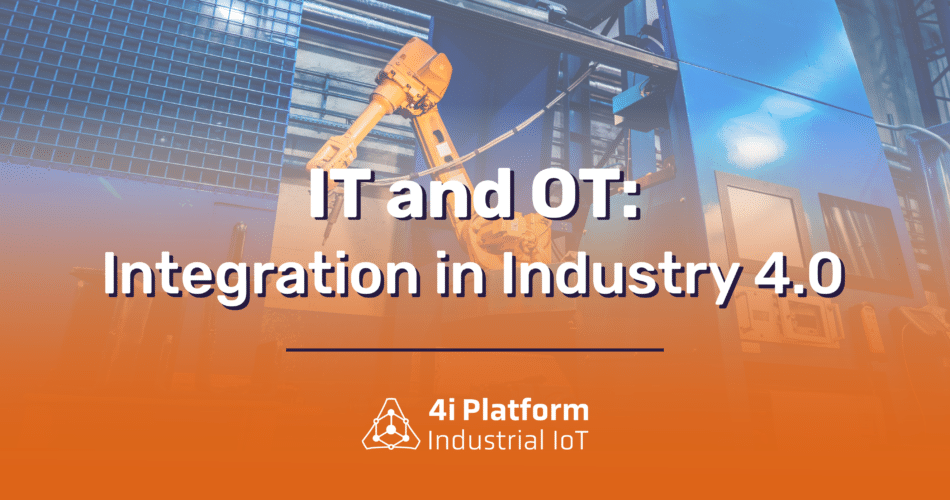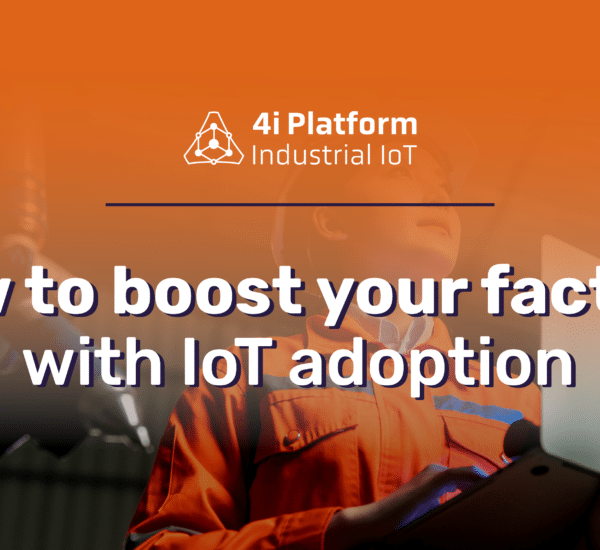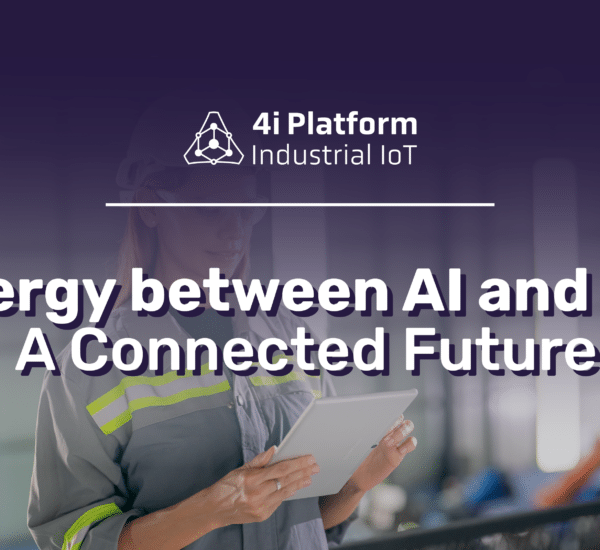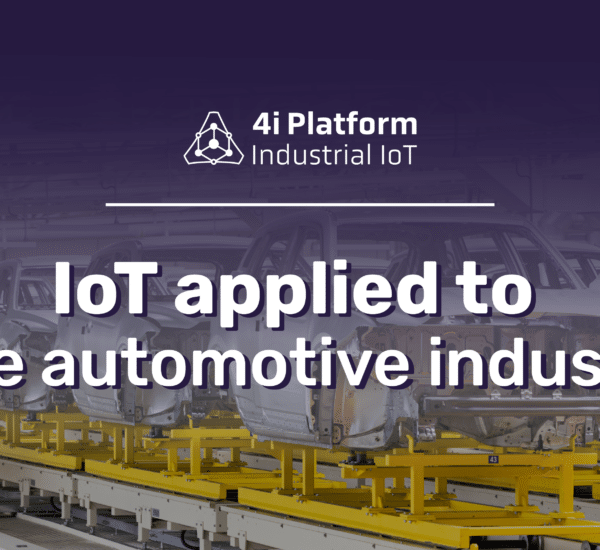In recent years, it has become clear how productivity and efficiency can be boosted in production processes through Industry 4.0. Thus, IT/OT convergence has emerged, which refers to the integration of information technology (IT) systems and operational technology (OT) systems. Both are essential to the functioning of modern organisations, although they have different objectives and approaches. While Information Technology (IT) focuses on the management and analysis of data and information, Operational Technology (OT) focuses on the control and monitoring of physical systems and industrial processes. IT includes enterprise resource planning (ERP) systems, databases, data analysis applications, and communication and collaboration tools. In contrast, OT includes supervisory control and data acquisition (SCADA) systems, programmable logic controllers (PLCs) and industrial networks.
Importance of IT/OT Convergence
The integration of IT and OT is critical to improving efficiency, productivity and decision making in organisations. The combination of operational and business data provides a more complete and accurate view of processes, facilitating predictive analytics and informed decision making. In turn, systems integration enables the optimisation of industrial and administrative processes, reducing costs and improving operational efficiency.
In the context of data digitisation in industrial plants, the combination of IT and OT is crucial. This integration between systems enables:
- Real-Time Data Collection: Sensors and IoT (Internet of Things) devices collect data continuously, providing accurate and up-to-date information on the status of processes.
- Advanced Analytics: Data analysis tools process large volumes of information to identify patterns, predict failures and optimise operations.
- Data Visualisation: Visualisation platforms enable operators and managers to better understand data and make informed decisions.
An integration platform
4i Platform is a clear example of how IT and OT can be integrated to achieve data digitisation in industrial plants. This platform enables the capture of Direct Machine Data by connecting sensors and control systems to collect operational data in real time. It takes signals from various machines distributed throughout a plant without the need for extensive cabling, thus avoiding costly investments in installations.
The platform uses advanced tools to analyse and visualise data, making it easier to identify areas for improvement and make decisions based on real data. In addition, it contributes to cost reduction by detecting and eliminating downtime. The platform also excels at preventing equipment failures, ensuring the quality of the final product and increasing competitiveness by keeping abreast of Industry 4.0.
Once data is captured, it can be sent to IT systems, such as ERPs, using the available APIs. Thus 4i Platform manages to be the bridge between the OT world and the IT world. This enables industrial organisations to improve their efficiency, productivity and data-driven decision making.
Conclusion
In summary, IT and OT are core technologies that leverage each other. Understanding their differences and effectively integrating the two is crucial for digitising data in industrial plants and improving efficiency and productivity. 4i Platform exemplifies how this integration can be effectively achieved, providing a powerful tool for modern industry.





